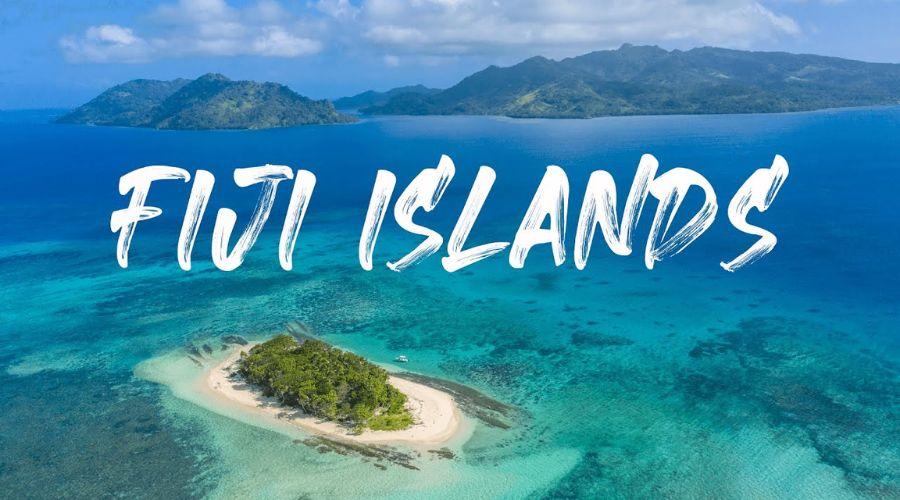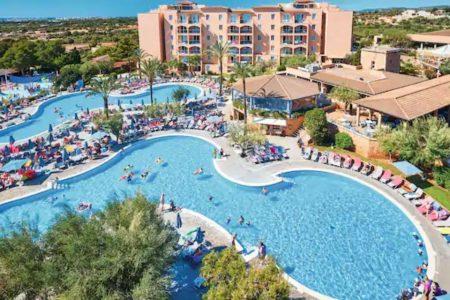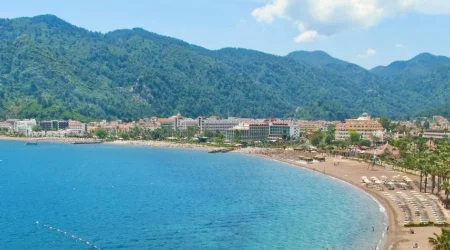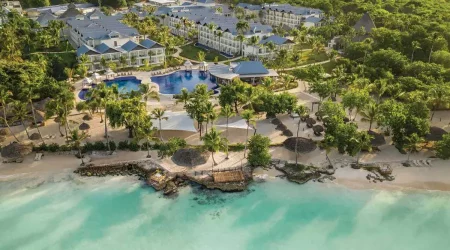The South Pacific Fiji islands entice tourists seeking relaxation and adventure with its 330 islands. It is well known for its rocky terrain, coral reefs with crystal-clear lagoons, and palm-lined beaches. Viti Levu and Vanua Levu are the two largest Fiji islands where most of the population lives. Learn how to make the most of your trip to the Fijian islands, whether a two-week or a longer holiday, by getting information on expenses, manners, things to do, and other travel considerations. May is the best time to visit the Fiji islands. Due to more affordable flights and lodging, this month of the year is the finest for outdoor activities. Also, you have a clear, sunny sky with little possibility of rain and warm temps.
Points To Know Before Visiting Fiji Islands
1. The cost of island hopping in Fiji
Even for budget-conscious vacationers, the Fiji islands are an expensive place to visit. Many of the resorts entice visitors with low accommodation and dorm bed rates. Also, check the cost of required meal plans, extras like scuba diving lessons, and the expense of traveling to the far-flung island. The boat rides to the Mamanuca and Yasawa Islands are also costly. Further, the resorts demand you to book transport via them. Sometimes, the accommodation with higher rates per room can be budget-friendly with the addition of extra costs to it. Hence, you can research in advance to save money. There are various dorm rooms all over the Mamanuca and Yasawa islands. Some of them are resorts that are cheaper than accommodation in Fiji islands. Thus, you can stay in local guest houses if you don’t want to stay there.
2. Gifting ceremony in local villages
In Fiji islands, it is a common practice to demand the participation of visitors in the gifting ceremony before visiting their community. Thus as an outsider, you need to carry a small gift while entering the Fijian village. After the gift-giving rite, you will meet the village head. He will share kava with you as a welcome drink from their community.
Walking through an unknown village without a gift is sometimes assumed to be rude and may even be considered trespassing. Even if you merely intend to visit the village’s picturesque locations, such as a waterfall or swimming hole, they still expect you to bring a gift. Even when our Fijian friends visit our place, they bring kava or bread and butter as an offering. It is always better to go for a guide instead of multiple daily gifting ceremonies. They would also help you in navigation and are ideal for travelers.

3. Delicious Indo-Fijian food
Nearly 40% of Fiji’s current population is of Indian heritage, according to the 2007 census. This Indian influence is evident through sari stores and Hindu temples in major Fijian towns. You will also become familiar with the distinctive Fijian-Hindi tongue.
While it’s simple to identify typical Indian foods like paneers and koftas, Indo-Fijian cuisine also incorporates South Pacific staples. In addition to chili and cumin spices, curry dishes frequently include coconut, crab, fish, ginger, and root crops. When I went to an Indo-Fijian friend’s house, she taught me to cook a curry using herbs, jackfruit, tomatoes, and coconut milk. The curry was Indian but also strongly influenced by the Pacific.
4. Buying fresh ingredients at Fijian markets
Fijian marketplaces neatly arrange fruits and vegetables over one another. On my first visit to their market, I pointed at an apple and asked its price. The lady selling apples told me the price for the whole heap. It indicates that they sell vegetables and fruits by lot and not individually. Hence, purchasing just one apple or one tomato isn’t easy. Since Fijian society emphasizes sharing with your loved ones and friends, they sell food ingredients per heap.
Since Fijian society emphasizes sharing with your loved ones and friends, they sell food ingredients per heap. But other things can be bought separately, including pineapples, watermelons, and lettuce heads. Since the prices are already reasonable, bargaining is rare.

5. Explore beyond the popular Fiji resorts
The tourist route begins from Nadi and proceeds to Denarau for a few days before a boat up to the Mamanuca and Yasawa island group. Sometimes, tourists flow down Viti Levu, the main Fiji island, and stay a few nights at a resort on the Coral Coast.
On Beqa island, Fiji’s traditional firewalking ceremony involves placing stones for hours in a fire. Then the village men perform a tradition by walking over them. The power to walk over the hot pebbles without harm has come from generation to generation. It is because a Fijian warrior once acquired the ability to walk on the hot stone without getting burned by a spirit deity who previously dwelt inside an eel. In Taveuni (Fiji’s “garden island”), you can walk through dense rainforests, go diving at Rainbow Reef, swim beneath waterfalls, and relax at one of the eco-friendly guesthouses. Also, you can have fresh coconut water under the thick rainforest canopy of the property. Ovalau Island is one of the least traveled among Fiji islands. You can stay at a guesthouse and explore its only town, Levuka. Because of few tourists, the best method of transportation is hitching in the back of a truck on the few dilapidated roads. Also, the trekking, snorkeling at Ovalau’s lush soft coral reefs, and stand-up paddleboarding through mangroves will make you forget about the digital world.

Conclusion-
The best time to visit the Fiji islands is the month of May. A trip to the Fiji Islands is pricey, even for vacationers on a tight budget. However, additional charges might sometimes make a hotel with higher room prices more affordable. So you can research ahead of time and save money. The Fijian culture focuses on sharing with family and friends. As a result, they sell fruits and vegetables by the heap. Major Fijian towns have Hindu temples and sari shops, clearly showing India’s influence.
FAQs
Read More at TRIPREVIEWHUB.








